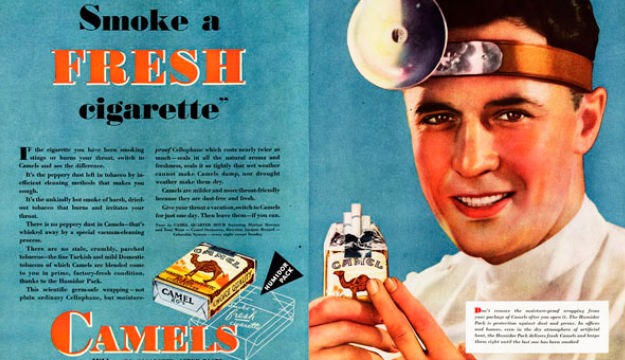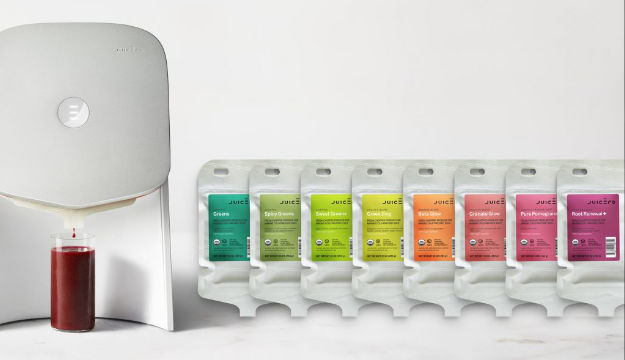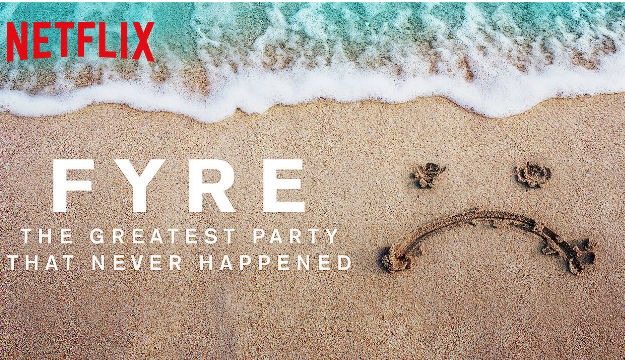When a brand promises more than it can actually deliver, it creates a gap between the expectations generated by advertising and what its product or service actually is.
This difference generally leads to a negative perception among customers, who feel cheated.
Moreover, in this age of social media and instantaneous dissemination of information, bad customer experiences can spread immediately, damaging brand reputation in less time.
One of the most serious consequences of overpromising is losing the trust of customers and prospects.
When consumers realize the truth, that the brand does not deliver on its promises, they become skeptical and distrustful of what the company says in its communications.
This affects a decrease in sales and loss of loyalty, which directly affects the company’s financial results.

To avoid this problem, businesses must adopt an honest and transparent communication strategy. It is essential that the communication is a good idea of what the customer will actually receive.
In addition, companies should strive to build strong customer relationships based on trust and integrity.
This involves admitting mistakes when necessary and working to correct them proactively, demonstrating a genuine commitment to the customer.
Promising more than you can deliver can have negative consequences for a brand. To avoid these problems, brands should adopt transparent communication, focusing on exceeding customer expectations rather than simply promising more than they can deliver.
Here are three examples of brands that overpromised in their advertising and experienced tremendous failure
- Juicero: This company promised a high-tech juicer that would produce fresh juice at the push of a button. However, consumers discovered that the product was unnecessarily expensive and that they could obtain similar results by simply squeezing the fruit by hand.

- Theranos: This company claimed to have a revolutionary technology to perform blood tests with only a small sample. However, it was later discovered that its technology did not work properly, leading to the failure of the company and legal problems for its founder.

- Fyre Festival: This event promised to be a luxurious music festival on an island paradise, but turned out to be a total disaster. Attendees were met with deplorable living conditions and cancelled performances, leading to widespread outrage and damage to the brand’s reputation.

To avoid such problems, three recommendations.
- Transparency and clarity: It is essential that organic and advertising messages accurately reflect the benefits and features of the product or service. Avoid exaggerations or unrealistic claims that may generate unrealistic expectations.
- Focus on the customer experience: Focus messages on how the product or service can improve the customer’s life. Highlight the real benefits and solutions it offers, rather than focusing on empty promises or superficial features.
- Feedback and continuous improvement: Establish open channels of communication with customers to receive feedback on advertising messages and products or services in general. Use this feedback to make continuous adjustments and improvements, demonstrating a genuine commitment to customer satisfaction and product quality.
Here are three examples of brands that have been able to communicate without over-promising
- Patagonia: This outdoor clothing brand stands out for its focus on the quality, durability and sustainability of its products. Its communication focuses on highlighting these characteristics, as well as its commitment to the environment and social responsibility. Patagonia is transparent about the materials used in its products and its production practices, which generates trust in its customers.
- Dove: Personal care brand Dove has been praised for its “Real Beauty” campaign, which celebrates diversity and the real beauty of women. Dove has been noted for its focus on women’s self-esteem and confidence, rather than promising radical or unrealistic transformations. Its communication focuses on promoting a positive body image and showcasing beauty in all its shapes and sizes.
- IKEA: The furniture and decoration brand IKEA stands out for its focus on offering functional, intelligently designed products at affordable prices. Its communication focuses on showing how its products can improve people’s daily lives by offering practical solutions for the home. IKEA is transparent about the quality and design of its products, which generates confidence in its customers.





